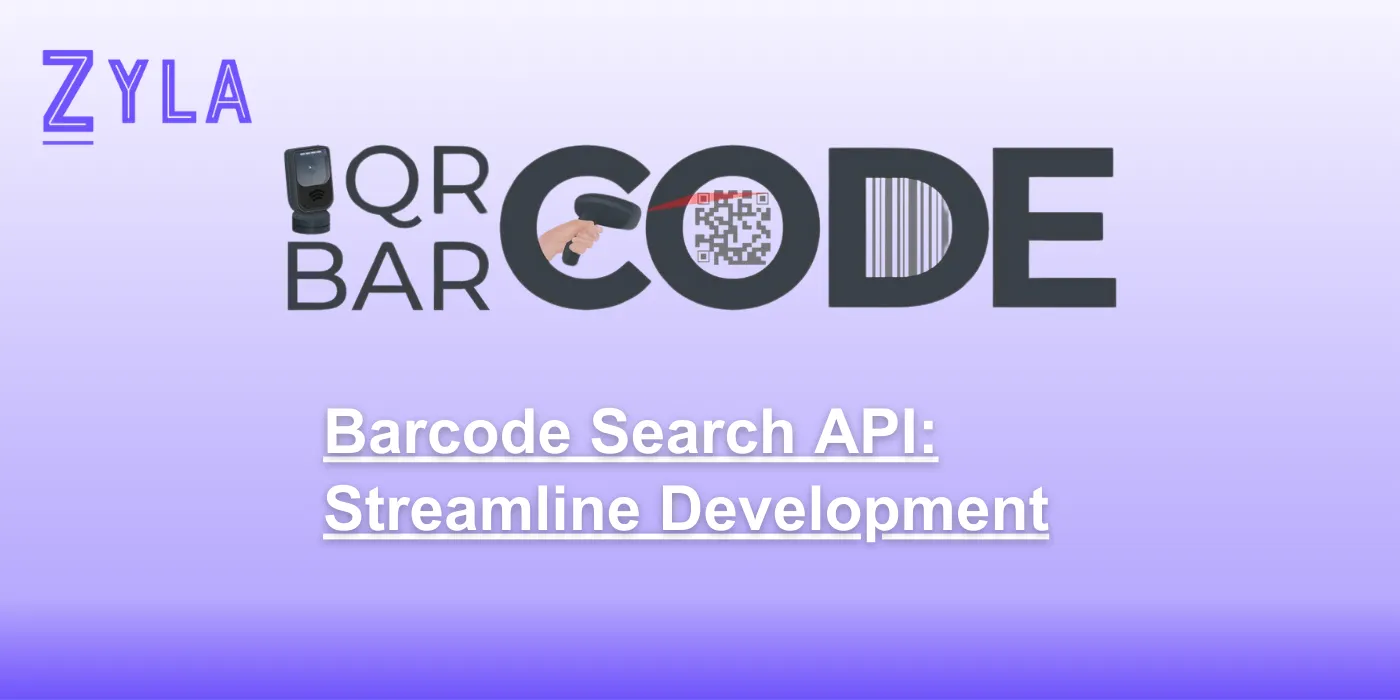Barcode Search API: Streamline Development

In the ever-evolving landscape of technology, efficiency and simplicity are paramount in driving progress and innovation. The Barcode Lookup API, specifically its Barcode Search API feature, serves as a valuable tool in streamlining development processes for businesses and individuals. This article delves into how integrating the Barcode Search API can simplify and expedite application development, making it a powerful asset in the digital realm.
Simplifying Development with the Barcode Search API
The Barcode Search API offers developers a robust set of features that can significantly streamline the development process of applications requiring access to product information through barcode scanning. By incorporating this API into their projects, developers can leverage its capabilities to enhance functionality, improve user experience, and accelerate development timelines.
Rapid Access to Product Data
One of the key benefits of integrating the Barcode Search API is the swift access to comprehensive product data. Developers can easily incorporate barcode scanning functionality into their applications, allowing users to retrieve detailed information about products with a simple scan. This rapid access to product data eliminates the need for manual entry, saving time and enhancing the overall user experience.
Simplified Integration
The Barcode Search API boasts a user-friendly integration process, making it accessible to developers of varying technical backgrounds. With clear documentation and well-defined endpoints, developers can seamlessly incorporate the API into their applications without encountering complex integration hurdles. This simplified integration process enables developers to focus on building innovative features rather than grappling with technical complexities.
Leveraging the Barcode Search API for Development
Integrating the Barcode Search API into development projects can yield a multitude of benefits that streamline processes and enhance the efficiency of applications. Here are some key advantages of leveraging the Barcode Search API in development:
Enhanced User Experience
By integrating the Barcode Search API, developers can enhance the user experience of their applications by providing a seamless and intuitive way for users to access product information. The convenience of scanning barcodes to retrieve data simplifies the user journey and reduces friction, leading to increased user engagement and satisfaction.
Accelerated Development Timelines
The Barcode Search API accelerates development timelines by providing developers with a ready-made solution for integrating barcode scanning functionality. Instead of building this feature from scratch, developers can leverage the API to expedite development cycles and focus on other aspects of application design and functionality. This acceleration in development timelines can result in faster time-to-market for applications.
Scalability and Flexibility
The Barcode Search API offers scalability and flexibility, allowing developers to adapt to changing project requirements and user demands. Whether developing a small-scale application or a large enterprise solution, the API can scale seamlessly to accommodate varying data volumes and user interactions. This scalability and flexibility empower developers to build applications that can grow and evolve alongside their users' needs.
Conclusion
In conclusion, the Barcode Search API serves as a powerful tool in streamlining development processes by providing rapid access to product data, simplifying integration, enhancing user experience, accelerating development timelines, and offering scalability and flexibility. By integrating the Barcode Search API into their projects, developers can optimize their workflows, deliver enhanced functionality, and create applications that resonate with users. Embrace the Barcode Search API to streamline development and unlock the potential for building innovative and user-centric applications in the digital landscape.





